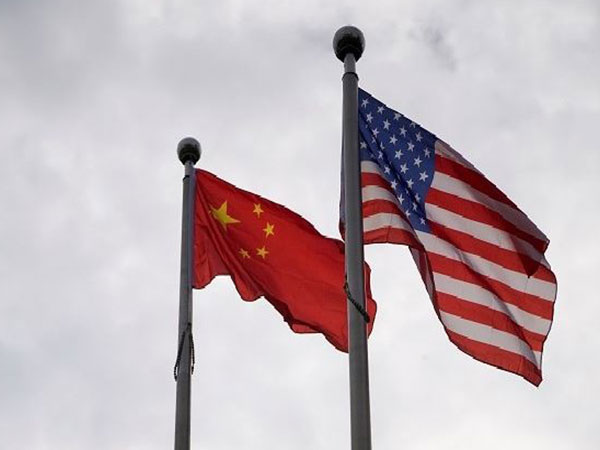US Navy Unveils 'Project 33' to Counter China's Indo-Pacific Aggression
The US Navy has launched 'Project 33,' a seven-point strategy to counter China's military activities in the Indo-Pacific, with a focus on Taiwan's defense by 2027. The initiative integrates AI, human intelligence, and robotic systems to enhance military efficiency amid fiscal constraints and evolving battlefield technologies.

- Country:
- Taiwan
The US Navy has announced 'Project 33,' a seven-point strategic plan aimed at countering China's increasing aggression in the Indo-Pacific region. The initiative, focused on preparing for a potential Chinese invasion of Taiwan by 2027, was reported by Taiwan News.
Admiral Lisa Franchetti, US Chief of Naval Operations, revealed the 'Navigation Plan for America's Warfighting Navy 2024' on September 18. This document introduces 'Project 33,' which aims to merge artificial intelligence and human intelligence to secure military dominance in the Western Pacific. Central to Project 33 is the deployment of advanced robotic and autonomous systems, emphasizing their practical battlefield applications.
The strategy includes seven primary goals, such as addressing maintenance backlogs for ships, submarines, and aircraft, expanding robotic and autonomous platforms, establishing command centers for a distributed battlefield, recruiting top talent, improving service quality, enhancing combat training, and repairing critical infrastructure for shore-based operations.
Admiral Franchetti highlighted a shift in focus towards optimizing current capabilities, particularly drones and unmanned systems, due to anticipated fiscal and industrial constraints by 2027. She underlined the importance of leveraging cutting-edge technologies without necessarily expanding the fleet.
Recent battlefield innovations from the Russia-Ukraine War and the Red Sea Crisis have influenced this strategic direction. Ukraine's use of anti-ship missiles and drones against the Russian Black Sea fleet and Houthi forces' deployment of ballistic and cruise missiles in the Red Sea provided valuable insights into modern naval warfare.
In response, the US Navy introduced a Robotics Warfare Specialist rating and is working on integrating robotic and autonomous systems across its fleets. Additionally, it is testing drone countermeasures, including directed energy weapons. Speaking at the Centre for Strategic and International Studies in Washington, Franchetti noted that while a larger future navy is projected, achieving this by 2027 is improbable. Instead, the focus is on maximizing existing resources for rapid gains.
China's increased military activities near Taiwan have raised invasion concerns. The US, committed to supporting Taiwan's self-defense, has increased its naval presence and provided security aid.
(With inputs from agencies.)
ALSO READ
UPDATE 4-Paraguay expels Chinese envoy over Taiwan 'interference'
UPDATE 3-Ahead of expected war games, Taiwan urges China to 'unclench its fists'
Tensions Escalate: China Doubles Warships Around Taiwan
Tensions Escalate as China Sends Warships and Aircraft Near Taiwan
Rising Tensions: Chinese Military Maneuvers Surround Taiwan










